Click below to watch the video:
This is the first video of several videos that will examine the Qiblas of early graveyards in Islam. In this video Dan Gibson looks at the Baqi graveyard in Medina and the al-Mu’allah graveyard in Mecca.
Transcript
Video #25 This is a general transcript of a Dan Gibson video in the series: Archeology and Islam.
Hello, I am Dan Gibson and this is another video in the series Archeology and Islam. In this video I would like to address the topic of Islamic Graveyards, and the Qibla. This will be part one of a two part series. So far in my studies, I have focused on the Qibla direction of mosques in the first two centuries of Islam. But in this video, I want to speak about the Qibla direction in relation to Islamic burials.
The word Qibla refers to the direction that worshipers face when standing to pray in a Muslim mosque. The Qur’an tells Muslims that they have a Qibla, and that they should face towards Masjid al-Haram, or the Forbidden Gathering Place, or the Place of Bowing Down.
The Qibla direction is also related to the direction one faces when slaughtering a halal animal. It is also the direction one goes to when going on pilgrimage.
Over the last ten years I have been presenting the argument that the original Qibla was in the city of Petra (Mecca) in Jordan, and that some Muslim leaders moved the Qibla to Mecca in Saudi Arabia during the second Islamic civil war, about 70 years after the founding of Islam. Originally there was only one Qibla… facing Petra in Jordan. Around 70 AH Mecca became a second Qibla. But not everyone accepted this second Qibla.
General Hajjaj, who was the second in power to the Umayyad Caliph, chose a new Qibla for his mosque, which he called the Wasit, or Between Qibla, and this Qibla was used for all the mosques built under Hajjaj’s control.
Soon after this, a rebel leader in North Africa, Abu al-Muhajir Dinar began using an African Qibla that faced around 155 degrees south. I have called this the parallel Qibla, because a line drawn between Petra and Mecca faces 155 degrees south.
The opponents I face, have argued that these four Qiblas are just chance. They argue that early Muslims did not have the ability to accurately orient their mosques. And now several scientists and historians have stepped in to present their arguments, that statistically, it is very unlikely that these four Qiblas could just be chance.
So the question we want to ask in this video is simply this: Do Muslim graves have similar Qibla directions as Muslim mosques?
The poet al-Farazdaq, writing around 112 AH (730 AD ) during the Umayyad period, refers several times to the Qibla. In one of his verses the poet takes an oath by the Ka’ba “*towards which every grave is turned*” (Farazdaq 1960, I, 338:10) In another verse he describes the Ka’ba as a shrine “*towards which, from every direction, the faces of those in the graves are turned*” (Farazdaq, I, 283:10). So while I have not yet discovered anything relating to the Qibla and graves in the Qur’an or the hadiths, we have record that applying the Qibla to Muslim graves was accepted. Remember this is very early, just at the end of the first 100 years of Islam.
Now to do a proper study, we would need to examine the reports of archeologists from all over the Muslim world. This would be a very large project, and I still have not managed to get all the archeological reports… simply because they are not all in one place and often they are not considered that important. Reports on graveyards tend to be published in various journals, with little idea of a central gathering place.
Second, while there are some reports that are harder to find that others; some are not published; the idea of doing reports on bodies and the directions in graveyards is usually not that important. Another problem is that different faiths are involved, such as Christians, Jews, Sabeans, Zorastrians, and others. The graves might not be under Muslim control. They might have been in a Muslim country, but you have to establish whose graves are these.
Third, most Muslim graves are not created with any kind of exactness. Often bodies are laid on the ground, and stones piled over them. So any measurements of how the bodies are facing are rough estimates. Sometimes the deceased lays on his or her back and only the face is turned towards the Qibla, but sometimes the body is deposited on its side with the chest, face and sometimes the knees pointing to the Qibla.
On top of this, many of the archeologists working on the graveyards are doing so as part of a larger project, possibly a large building or mosque. So there is no common methodology in their reporting. It is very rare that these archeologists give us the GPS coordinates of the graves. That makes it very hard for us to find the graveyard, so we can reproduce their measurements. I suspect that few archeologists imagined that later, someone would want to very carefully examine their site. Excavating graves that have few or no objects buried in them is often just a formality. There is nothing very exciting about graveyards.
On top of this, none of the archeological reports take into consideration the recent Qibla discoveries. So they don’t have a wider view of Islamic Qiblas. They have no knowledge of the Petra, or the Between, or the Parallel Qiblas. So they sometimes spend a great deal of time puzzling about the direction of the graves.
Now, before we get too far into this video, it is important to note that Muslims are buried lying on their side, with their faces towards the Qibla direction. This is very different from Christian burials, where people are buried laying on their backs, so that when they sit up they will be facing east. This is done, because the Bible says that when Jesus returns, he will appear in the eastern sky. And so many Christians believe that when they are resurrected, they would like to sit up and face the eastern sky. But this is just a popular practice, and is not something that is written in the Bible or is a part of Christian theology.
Now some viewers have asked about the graveyards in Medina and Mecca. Surely there are very old graves there? Can we not use these graveyards to learn about the early days of Islam?
The graveyard in Medina is called: Jannat-ul-Baqi. Starting in 1806 the Wahhabis took control of Medina and began cleaning up the Baqi graveyard. As most of the graves were unmarked they felt it was OK to clean up the mess there and redo the tombs with mounds of gravel. Second, the Baqi graveyard was full of monumental structures over the tombs of known and revered individuals.
The Wahhabis were Sunnis, and they were a particular brand of Sunnis that were very opposed to the Shites. In1802 they captured the Shia cities of Karbala and Najaf in Iraq. They massacred parts of the population and destroyed the tomb of Ali the grandson of Muhammad.
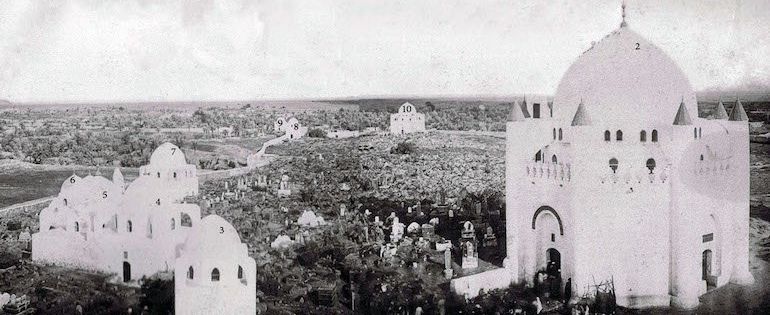
Jannat-ul-Baqi graveyard before the Saudis destroyed it for misleading the people.
br/>
Here are photos of the graveyard before this all happened. The shrines were all torn down, and the graveyard organized with all of the tombs in nice neat rows. Today visitors can visit the graveyard, but there is little that can be determined about the orientation of the graves.
There were also changes made to the graves of the Martyrs of the Battle of Uhud, including the grave of Hamza ibn ‘Abd al-Muttalib, the uncle of Muhammad. Many other tomes were leveled, including the Mosque of Fatimah al-Zahra, daughter of Mohammad, and others. Many sites were paved over, to keep religious Shias from worshiping or venerating people.
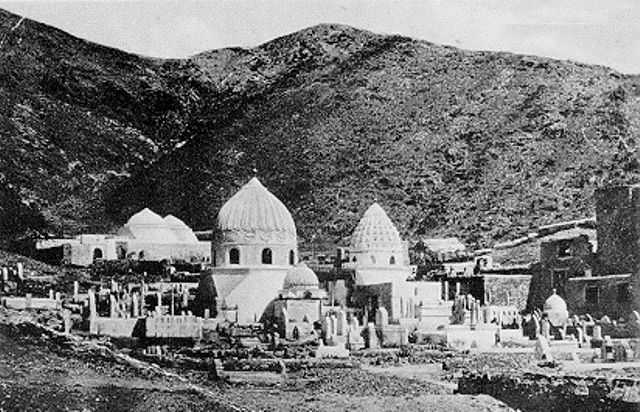
Jannah al-Muʿallāh graveyard before the Saudis destroyed it for misleading the people.
This was also done in Mecca itself. Here is a photo of Jannah al-Muʿallāh as it used be. Today it has been leveled.
Not only did the Saudi government not want people to venerate the dead, there were problems with the graves themselves. In the Mecca graveyard, there were seven shrines. These were for: Amina, a wife of Muhammad, Hashim, the great-grandfather of Muhammad, Abd Manaf, the great, great-grandfather of Muhammad, Abdul Mutalib the grandfather of Muhammad, Abu Talib, the father of Ali, Khadija, Muhammad’s first wife, Qasim, Muhammad’s son who died in infancy
The first impression one gets is that the presence of these graves directly contradicts the proposal that Petra is the original holy city of Islam. It would seem that these persons should be buried in Petra rather than in Mecca in Saudi Arabia.
However, before we dismiss the myriad evidences that point to Petra as being the original Holy City of Islam, we must first ask ourselves: Are the shrines in the Mecca graveyard actual tombs or are they shrines built at a later date to commemorate these seven people?
This can be answered by examining the history behind the tombs.
First, is the tomb of Amina, the mother of Muhammad. While there was an impressive shrine in Jannat al Mualla graveyard to commemorate Amina, Ibn Ishaq (Page 73, 108) clearly tells us that Amina was buried in Abwa (between far to the north. Today Islamic scholars all confirm the Abwa site as the real grave of Amina. So in this case the tomb to Amina in the Jannat al Mualla graveyard cannot be her tomb.
The second tomb is for Hashim, the great-grandfather of Muhammad. Al Tabari (Al Tabari Volume 6 page 9, 1083) tells us that Hashim was on a commercial trip when he passed through al Medina (Yathrib). There he saw Salamah and asked for her and she became pregnant so he left her with her family while he went on north and died in Gaza. Salma gave birth to Abd al Muttalib the grandfather of Muhammad. This is confirmed again in Al Tabari on page 18 (1091) and also by Ibn Isaq (pg 38, #87). Obviously the tomb to Hashim in Mecca cannot be right.
Now from this list of 7 shrines, 2 of them cannot be the actual tombs as the person died and was buried elsewhere. This brings the rest of the shrines into question. Perhaps these tombs are only commemorative shrines built at a later date by people who wanted to remember those who they thought were buried in the graveyard.
So now we must ask ourselves: How did such large and impressive shrines for Amina and Hashim come to exist in a graveyard where Amina and Hashim were not buried? For hundreds of years people prayed at these tombs thinking that they would receive some sort of barakah or nur or blessing but they were not the real tombs! Since it has come to light that Amina and Hashim were not buried in the Holy City, this creates several problems. Obviously then the shrines built in this graveyard are commemorate shines and not actual tombs! It appears that some time in Islamic history some people decided to build shrines to commemorate the dead that they believed were buried in the graveyard.
When did this take place? From an initial quick survey of early Islamic writings it appears that veneration of tombs was not common until the crusades. Since the medieval crusaders practiced veneration of dead saints. It may have been at this time that the practice passed over from Medieval Europe to the Middle East. This would have been six or seven hundred years after the deaths of Muhammad and his family and long after Mecca in Saudi Arabia was accepted as the original holy city of Islam.
Once an interest developed in venerating the tombs of important Islamic persons, the people of Mecca would have taken an interest in the Jannat al Mu’allah graveyard. Would it not be fitting that they build shrines for the people they believed were buried there, even though no tomb or body was present at that time? They would simply select places in the graveyard to build the commemorative shrines. In the long years that followed people would come to believe that a body existed there, when in truth it was simply a memorial shrine and not a tomb. How could people have built shrines when they didn’t know where the graves were?
First, note that all over the Muslim world, graveyards are ignored, abandoned, and in disarray. The Arab news reported on the 14th of July 2011 that the even in the city of Mecca, the Saudi National Society for Human Rights (NSHR) was urging municipal authorities in Mecca to take urgent steps to protect the sanctity of graveyards that it says are being slowly ruined! A specialist committee commissioned by their office visited the graveyard in Hindawiya after receiving several complaints from citizens that it had been turned into a garbage dump and that there was a pool of sewage there.
Since so many graveyards throughout the Muslim world are disorganized, and in many cases in disrepair, and many of them having no marked tombstones and no names left there, would it not seem possible that 1000 years ago the cemetery of Al Muallah would have fallen into ruins? When people began to visit the graveyard, the shrines may have been built even though the location of the original graves had been lost. Since all record of the Holy City of Islam in Petra was eliminated by the Abbasid rulers and writers, the people of Mecca would have built these shrines in Jannat al Mu’allah in Mecca, without realizing that the real Jannat al Mu’allah was hundreds of kilometers away in Petra.
So we have no early graves from Mecca and Medina that we can work with. There are also a good number of graves in the Levant that have been excavated, however, in almost every case, the archeologists puzzle over the orientation of the bodies. They know nothing of the Qibla direction to Petra, nor the between Qibla, nor the Parallel Qibla.
So can we make any sense out of the Qibla direction of other early Muslim graves? This will be the topic for the second video in this series.
I am Dan Gibson and this has been a video in the series Archeology and Islam
Bibliography
Farazdaq 1960, I, 338:10, translated by U. Rubin, and taken from the paper: The Kefar Saba Cemetery and Differences in Orientation of Late Islamic Burials from Israel/Palestine by Amir Gorzalzcany, LEVANT 39 2007 Pp. 71–79
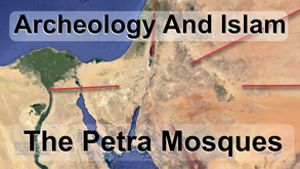
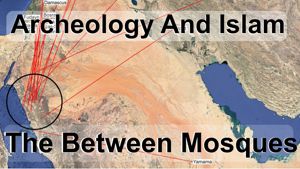
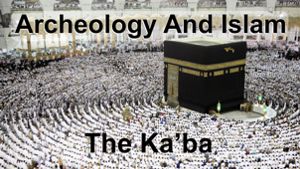
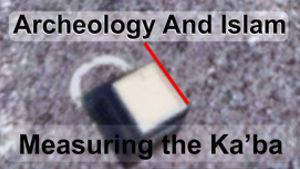
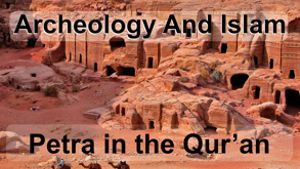
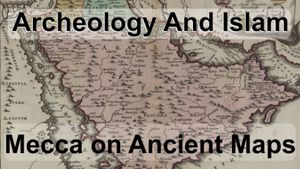
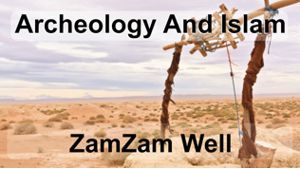
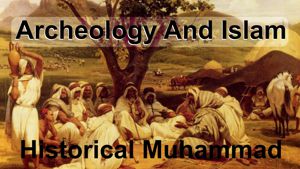
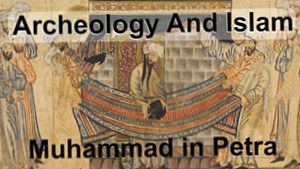
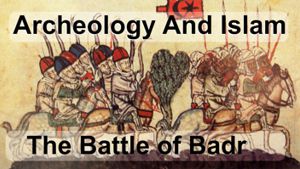
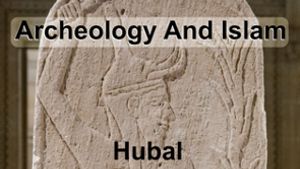
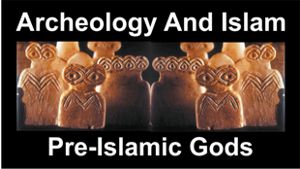
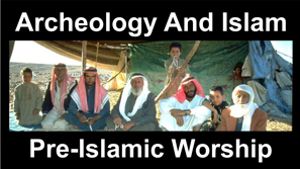
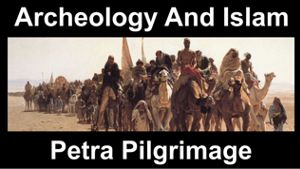

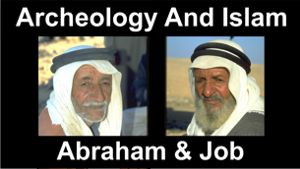
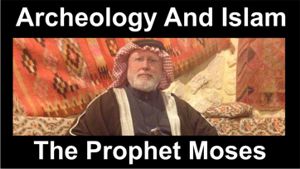
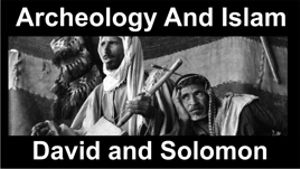
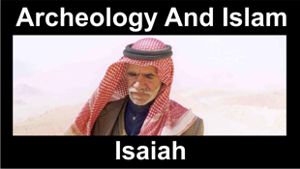
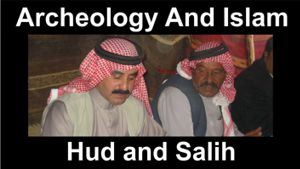


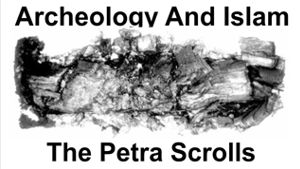
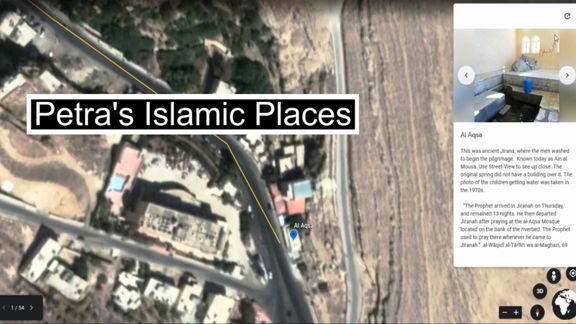

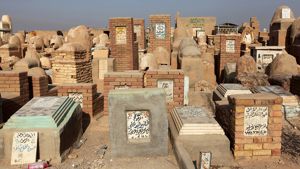
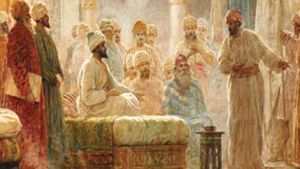
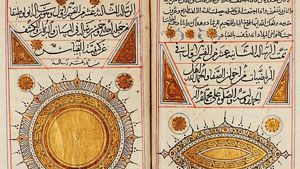
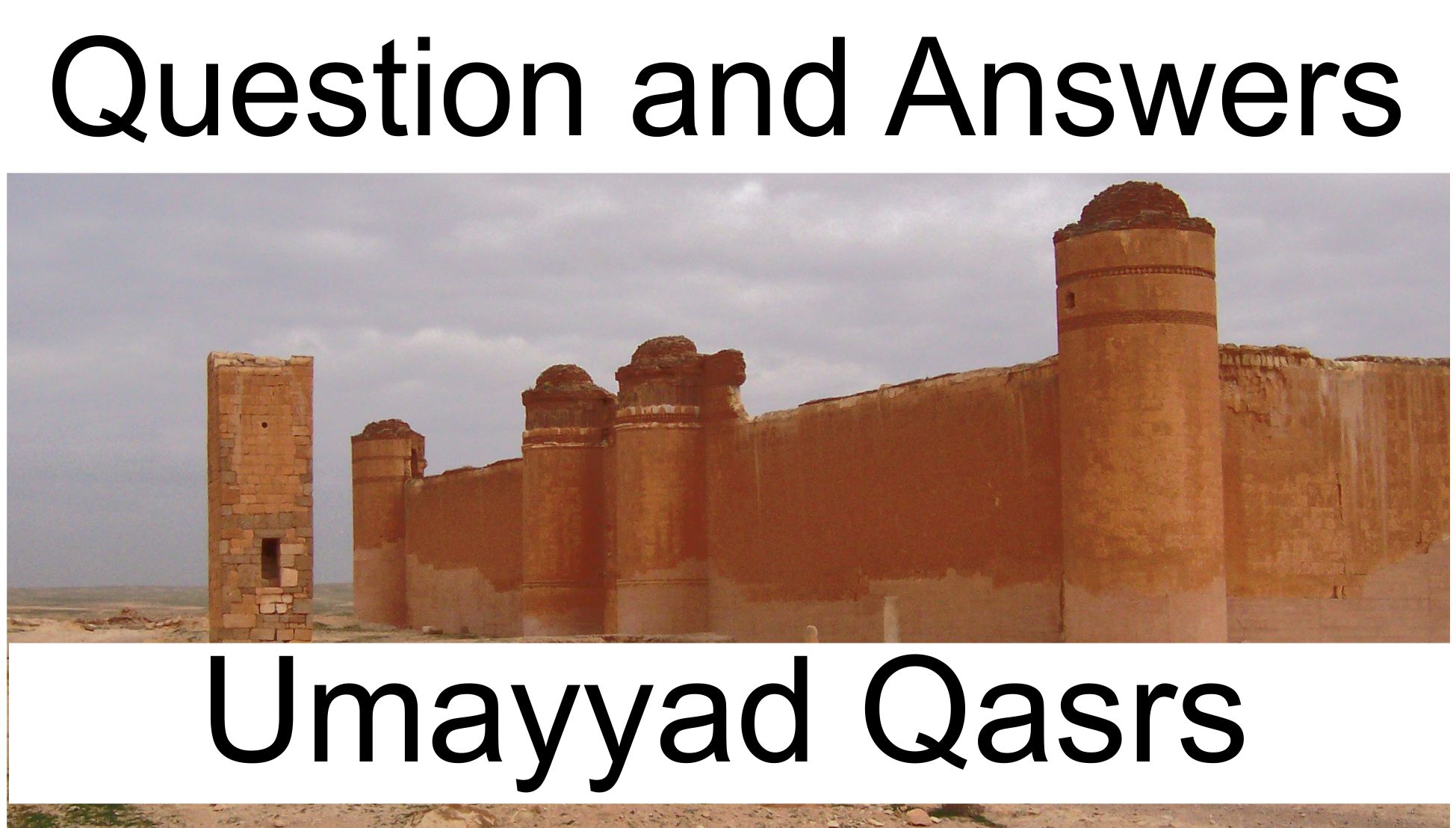
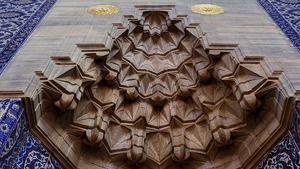
Page Discussion
Membership is required to comment. Membership is free of charge and available to everyone over the age of 16. Just click SignUp, or make a comment below. You will need a user name and a password. The system will automatically send a code to your email address. It should arrive in a few minutes. Enter the code, and you are finished.
Members who post adverts or use inappropriate language or make disrespectful comments will have their membership removed and be barred from the site. By becoming a member you agree to our Terms of Use and our Privacy, Cookies & Ad Policies. Remember that we will never, under any circumstances, sell or give your email address or private information to anyone unless required by law. Please keep your comments on topic. Thanks!